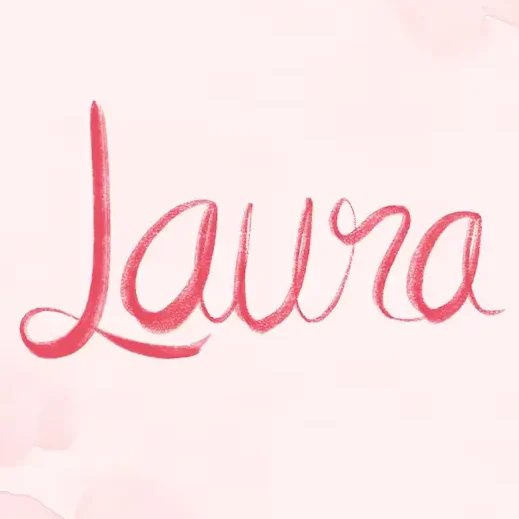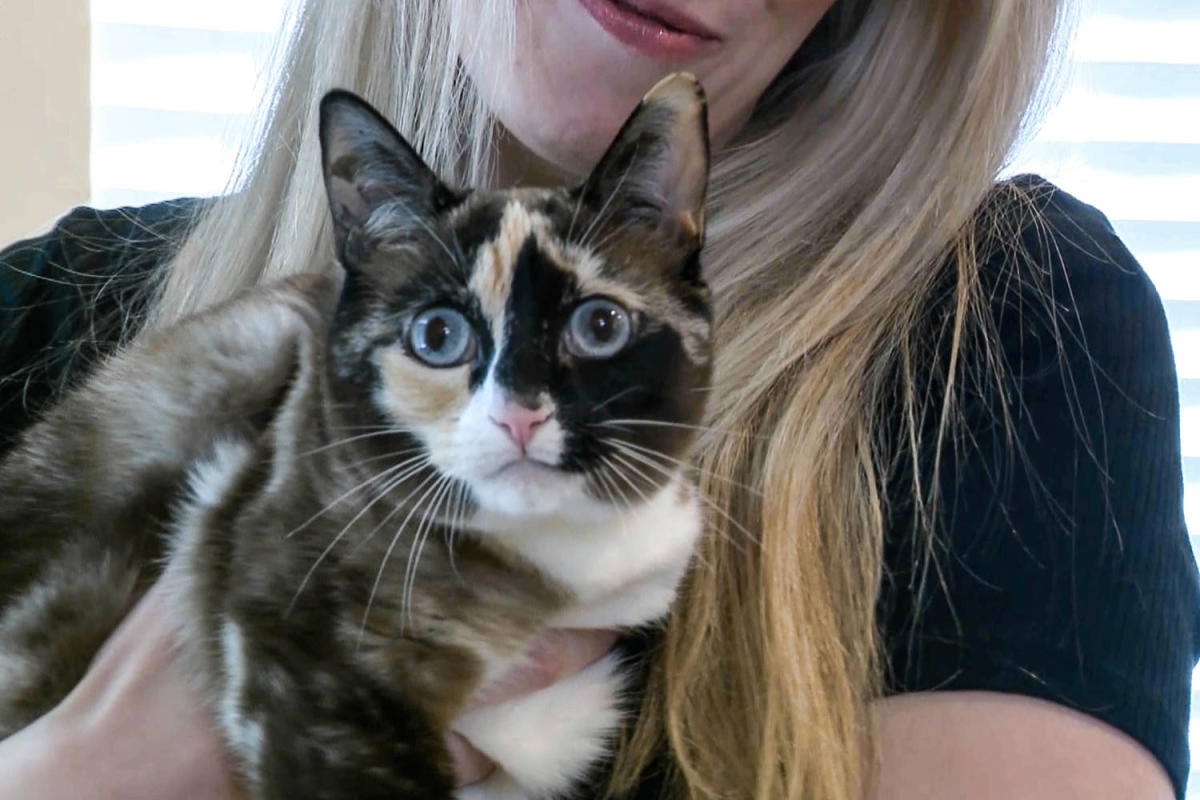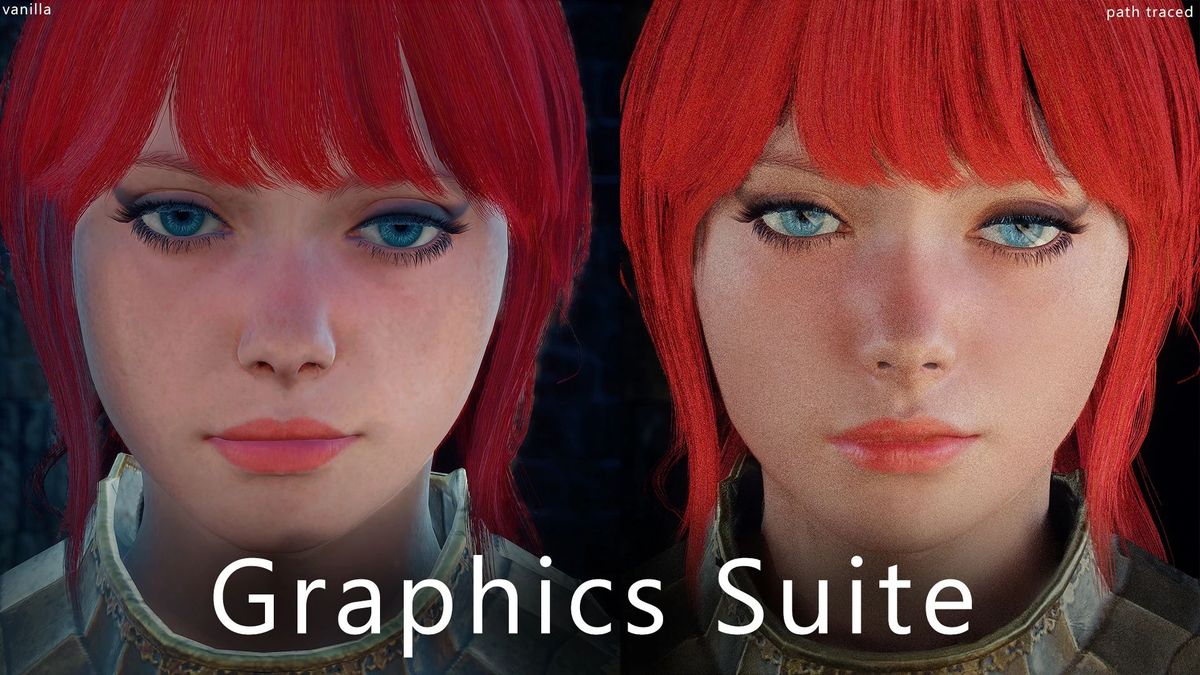For a brief moment Thursday morning, it seemed as if Beatlemania was back. On the stroke of 10 a.m. ET, the Fab Four debuted “Now and Then” — the band’s first new song in 27 years, and almost certainly its last. You could sense the screams and smiles and joyful tears of fans around the world.
The buzz continued into Friday morning with the release of director Peter Jackson’s whimsical “Now and Then” video, assembled from what the Oscar winner said was “a collection of unseen outtakes in the vault” and attempting to “balance between the sad and the funny.”
The track itself is an undeniable achievement. A seamless, soaring ballad, with the posthumous voice of John Lennon front and center, “Now and Then” betrays little, sonically speaking, of the long and winding road that led to its creation — a process that took more than four decades and involved extracting Lennon’s plaintive singing from a noisy 1970s cassette demo with a cutting-edge artificial intelligence technology so that the band’s surviving members could flesh out and finish off their old friend’s tune.
But now that the initial frenzy has subsided a bit, it’s time to ask: How is “Now and Then,” really? Here’s what critics, musicians and experts are saying — the good, the bad… and the meh.
The good
“Absolutely incredible biblical celestial heartbreaking and heartwarming all at the same time. [But] the Beatles could s*** in my hand bag I’d still hide my polo mints in there.” — Liam Gallagher of Oasis, on X (the platform previously known as Twitter)
Now n Then absolutely incredible biblical celestial heartbreaking and heartwarming all at the same time long live The Beatles LG x
— Liam Gallagher (@liamgallagher) November 2, 2023
“It’s the final masterpiece that the Beatles — and their fans — deserve. … ‘Now and Then’ could have been cheap or cloying or overblown, but instead, it’s a pained, intimate adult confession. … Part of the presence of “Now and Then” is the tangible emotional commitment of the Beatles, especially Paul. That obsessive and slightly mad Paul quality is what makes this feel like the authentic Beatles collaboration it is. It’s clear now why he heard the band’s whole story in this song, a scrap everyone else was willing to forget. And you can savor the loving details of how he brought it to life.” — Rob Sheffield, Rolling Stone
“Of course, without the full band experimenting and innovating in a room together, ‘Now and Then’ is no ‘A Day in the Life,’ ‘Strawberry Fields Forever’ or ‘Tomorrow Never Knows.’ But that’s not its point. Its point is to provide the rock ’n’ roll era cultural closure. To deliver, after the disappointments of 1995, a worthy epilogue for (and I will fight you) the best band of all time. To give the generations who missed out a tiny taste of the thrill felt by the teenage Beatlemaniacs of 1964 at hearing a brand! new! Beatles song. And in bringing Lennon so vibrantly back to us, to right, just a little, pop’s most tragic wrong. In that sense – sorry Swifties, hard luck Elton, in your face U2’s Sphere – ‘Now and Then’ is the musical event of the year and one of the greatest tear-jerkers in history.” — Mark Beaumont, The Independent
“It’s a better song than [previous 1990s ‘reunion’ singles] ‘Free as a Bird’ or ‘Real Love.’ And posthumously reworked as a Beatles track, it definitely packs a greater emotional punch. If you want to be moved, the lyrics provide ample space in which to do so. … The additions to a song that was obviously incomplete are seamless [and] the arrangement is sumptuously tricked out with orchestration, but never stoops to deploying obviously Beatles-y signifiers. If you squint, you could just about imagine that it’s the Beatles playing together.” — Alexis Petridis, The Guardian
The bad
“‘Now and Then’ is just okay. And that’s not nearly good enough. … I wish I could somehow approximate how I felt when I heard ‘In My Life,’ ‘I’ve Got a Feeling’ or ‘We Can Work It Out.’ Is that too much to ask? Of course it is. … Yet to just accept it at face value, to put a Beatles stamp on it and not think about that 60[-some]-year legacy, feels almost disrespectful. … “Now and Then” is not terrible. It starts slow and picks up a little as the rhythm section kicks in. There is a minor-key melancholy in Lennon’s composition. But ultimately, it’s kind of mundane.” — Geoff Edgers, Washington Post
“Just as the band find a sensual groove, the McCartney-led chorus arrives as an anticlimactic plod, dropping where the song needs to lift, awkwardly repurposing some snatches of unfinished Lennon phrases into a form that doesn’t quite fit the song’s plaintive mood. The chords aren’t interesting, and harmonies pasted in from old Beatle recordings (‘Here There and Everywhere,’ ‘Eleanor Rigby’ and ‘Because’) don’t really cut through as they should. … So is ‘Now and Then’ really a Beatles song at all? Well, it’s a song with all the Beatles on it, and that will have to do.” — Neil McCormick, The Telegraph
The meh
“What would Lennon think? He let it languish. What would Harrison say? It frustrated him. Sir Paul seems sure they’d love the result, and few would know them better. But he’s supposed to say that. Finishing this song has been his quest. It’s his job to sell us on the brilliance of it. So the song coolly brushes aside the question of whether it should exist, paying for itself in pretty melodies, touchy choruses, and plush sonics. ‘Now and Then’ returns to the well that yielded songs like ‘The Long and Winding Road,’ journeying from darkness to light aided by delicate playing and orchestral flourishes. It imagines what the Beatles might have sounded like settling into the saccharine singer-songwriter ’70s together.” — Craig Jenkins, Vulture
“It’s slightly unnerving listening to ‘Now and Then’ now and hearing something so personal and intimate blown up into a super-sized Beatles track, with strings and many layers of backing voices. The proportions feel off. But over several listens, the backstory starts to fall away, and the song as a whole sinks in. There is a palpable yearning to Lennon’s voice and melody, an ache derived from a separation that feels real. And though it’s framed with sonic drama that turns that hurt into theater, it works reasonably well on that level. … To my ear, ‘Now and Then’ is the weakest of the posthumous singles. [It’s] pretty much impossible to imagine as an actual Beatles song… and yet, it’s enjoyable just the same.” — Mark Richardson, Pitchfork
“[Does] the song com[e] close to measuring up to the Beatles or their collective solo works’ towering legacy[?] Of course it doesn’t, but it’s still an unexpected pleasure… A glass-half-empty take would point out it certainly sounds like a rough and incomplete sketch of a song reassembled and elaborately embellished, rather than a complete one. The lyrics in particular bear this out … Likewise, the song has clearly been reverse-engineered into a conventional structure — as McCartney can be heard in the video arranging individual parts. But such meh takes are the reason why people hate critics, and there’s not much point in raining on the parade. … To paraphrase McCartney’s famous quote regarding criticism of the ‘White Album,’ ‘It’s a bloody new Beatles song, shut up!’” — Jem Aswad, Variety

Laura Davis is an entertainment aficionado who delves into the glitz and glamour of the entertainment industry. From Hollywood to Broadway, she offers readers an insider’s perspective on the world of movies, music, and pop culture.




.png)

